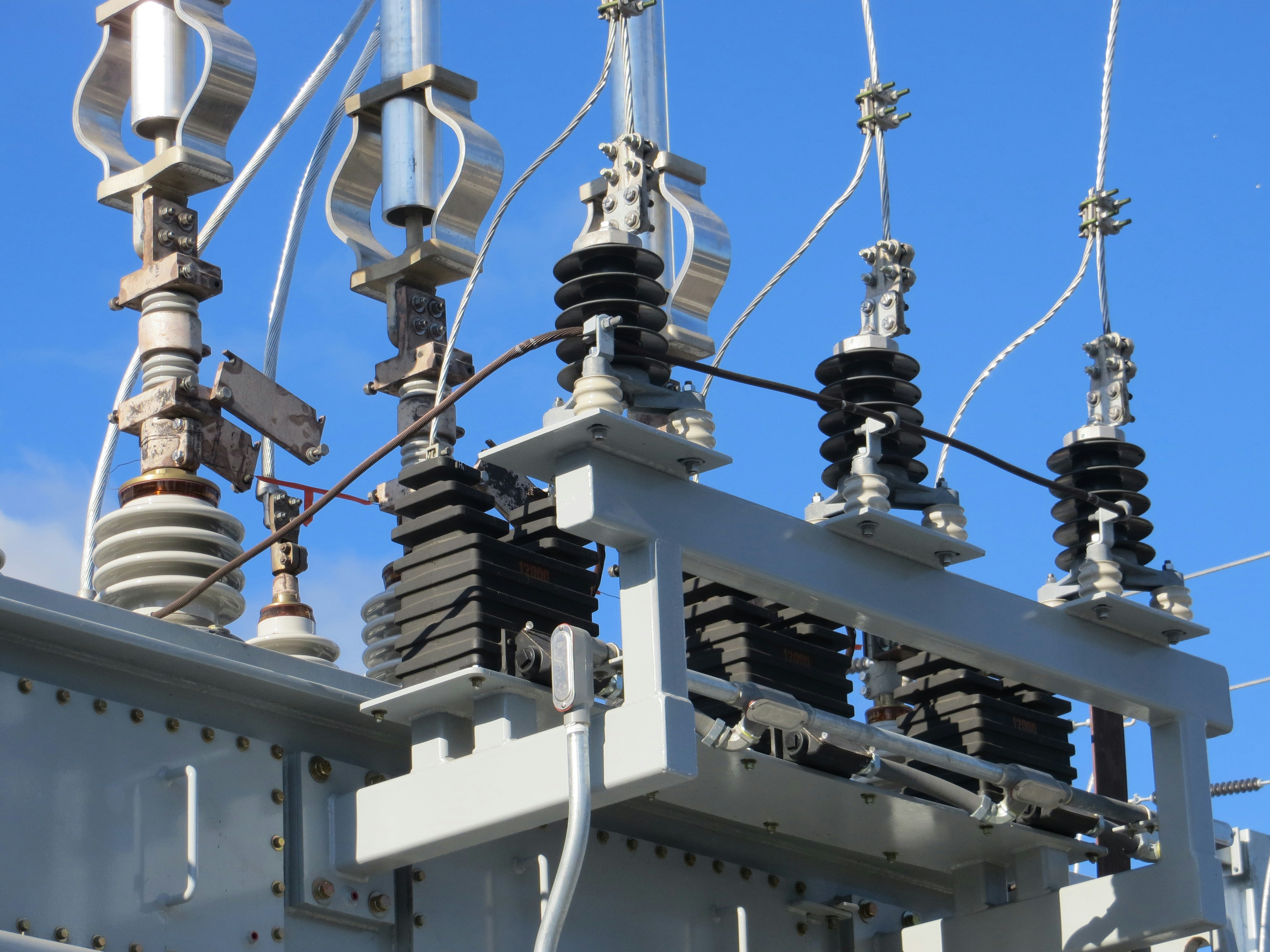Electrical substations enable electricity to be generated, transmitted, and distributed to the utility company’s customers. Substations receive electricity from power plants and transmission lines and their transformers convert the electricity into a consumable form for their service areas. They are also responsible for maintaining and protecting their distribution system while transmitting the voltages to their clients.

One of the biggest and most consistent challenges that substations in North America face is providing reliable service. In the case of power outages, failing generators, or other emergencies, reliable service from a substation is essential. Utilities are developing tools and equipment to proactively handle their vulnerabilities and improve the reliability of their transmissions. The goal is to minimize any interruptions in service or security threats for their consumers.
What is a shunt reactor?

Depending on the particular operations and applications, a shunt reactor may be a substation necessity. As the transmission line load increases the voltage subsequently decreases. When this occurs it’s necessary for the substation reactor to be switched off. The reactors should be turned back on once the load has once again decreased and the flow of electricity increases. When a substation has consistent fluctuations in their power system a shunt reactor’s reactive power and switching device is needed frequently. This is it’s essential to use devices that were designed for frequent use, otherwise, the device might not be able to handle the constant switching of currents.
It’s crucial for substations to integrate switching equipment that can handle high-voltage currents into their electrical reactors. The current limiting reactor, or series reactor, equipment reduces the stress that is put on reactors during the frequent switches. This resilient equipment is also able to reduce the frequency and severity of switchgear failure, re-ignitions, or a short circuit of the reactors with high reliability. Series reactors protect the inductors during frequent switches, but they also improve the capacities of a substation’s transmission lines.
There are differences between the shunt reactor and the series reactor. A shunt reactor is used to compensate for the reactive power in the transmission line. A series reactor is capable of limiting and filtering voltages from the power transformer. A series reactor is the proper electrical reactor to employ in power transformers with extremely large currents and circuit breakers that are at risk of a short circuit.
How is electricity transmitted to consumers?

Companies differ in their processes of electricity generation and distribution. Some utilities have the equipment and capacity to generate all the electricity they provide to their customers. These companies own the power plants, power transformers, and the distribution systems, this way the process never has to be outsourced to another company. Companies that do not own the infrastructure to generate their own electricity will purchase it from other utilities. After the electricity is purchased and generated, it’s sent to their power transformer and run through the reactors. Companies often have capacitor banks to store electricity as it’s between stages of distribution.

The first power transformer is used to increase the voltage of the electricity that passes through it. The cables of transmission lines carry the electricity for long distances until it reaches the next transformer. This is the last large-scale transformer the electricity passes through in the distribution process. The purpose of this transformer is to step down the voltage slightly so it is safe to move into the next step in the process. Distribution lines carry electricity from the transformer to homes in neighborhoods. Lastly, the transformer located on the electric pole decreases the voltages to a neutral point that is safe to be sent to homes.
